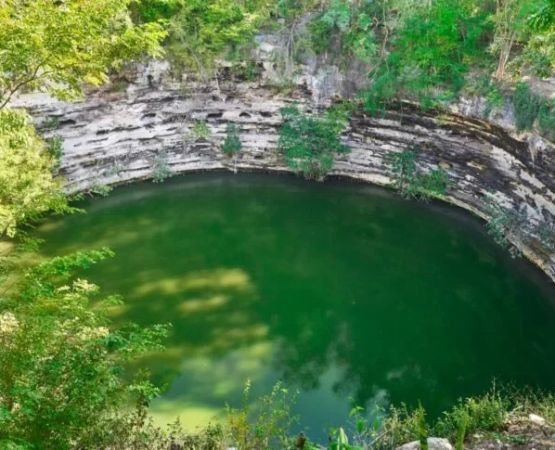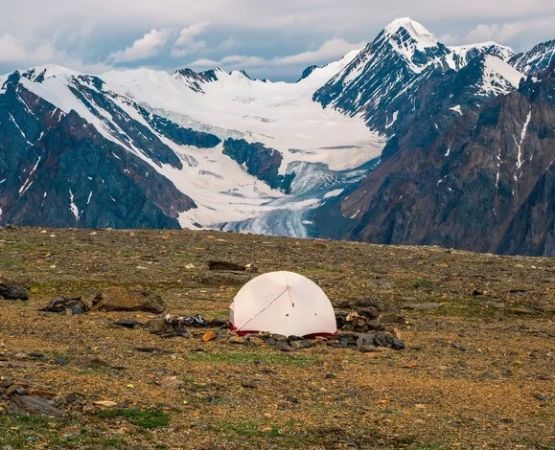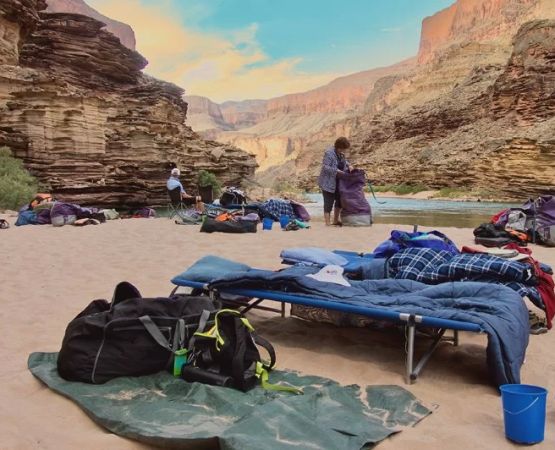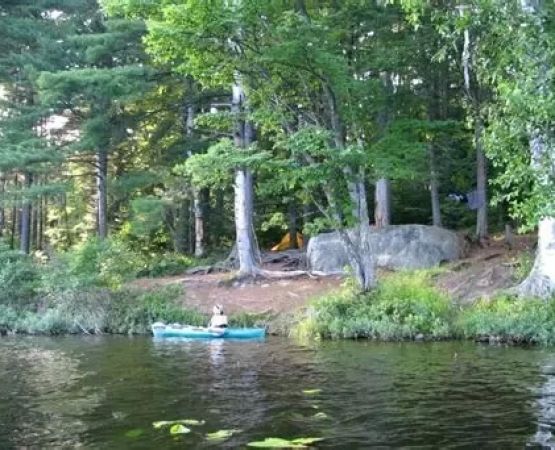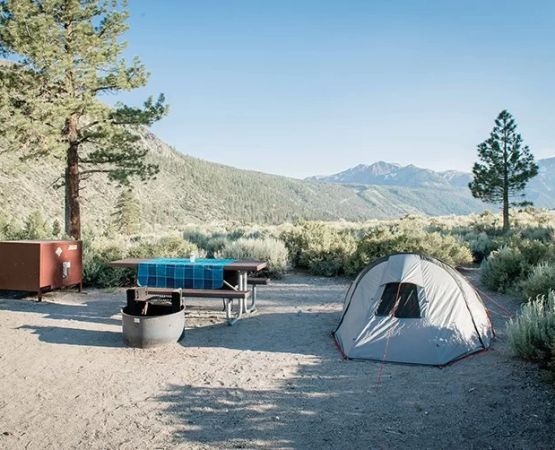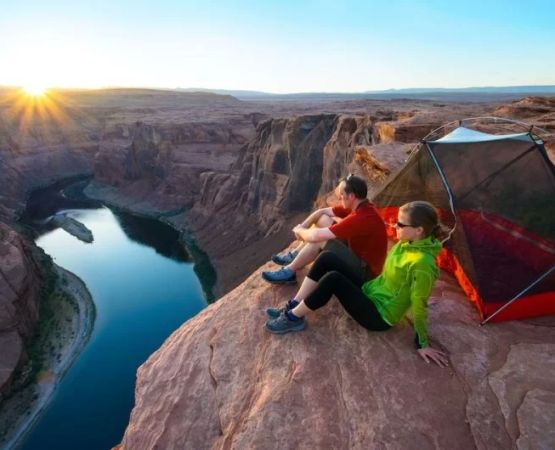- How-to-camp-in-basement-terraces-basics — Understanding the concept and essential preparation
- How-to-camp-in-basement-terraces-safety — Safety considerations and structural awareness
- How-to-camp-in-basement-terraces-setup — Setting up a comfortable and functional campsite
- How-to-camp-in-basement-terraces-weather — Managing moisture, airflow, and temperature
- How-to-camp-in-basement-terraces-stories — Real-life experiences and practical insights
- How-to-camp-in-basement-terraces-gear — Choosing gear and outdoor essentials
- How-to-camp-in-basement-terraces-tips — Long-term comfort, troubleshooting, and expert advice
1. Understanding Basement Terrace Camping
Learning how to camp in basement terraces begins with understanding what makes these spaces unique. Basement terraces are partially enclosed outdoor-like areas located at the edge of sub-ground levels. They often feature retaining walls, sunken gardens, or tiered stone structures that create a naturally sheltered zone—neither fully indoors nor fully outdoors.
For many U.S. travelers and outdoor enthusiasts, basement terrace camping offers a hybrid experience: the rugged charm of camping combined with the structural benefits of a built environment. Some families try this style of camping as an introduction for kids who aren't ready for deep wilderness nights. Others use basement terraces as practice grounds for testing new gear before booking a campsite at places like Pine Cliff Resort.
1.1 Why Choose Basement Terrace Camping?
1. It’s accessible for beginners and families with young children.
2. It offers weather protection while still providing an outdoor ambience.
3. It’s ideal for training before heading out into more demanding environments.
4. It allows campers to enjoy a unique, cozy, and controllable adventure without traveling far.
2. Safety Considerations and Structural Awareness
Before learning how to camp in basement terraces, safety must come first. These spaces often include stone steps, retaining walls, drains, and limited lighting—meaning awareness of structural elements is crucial.
2.1 Checking Structural Integrity
Inspect walls and ground surfaces for cracks or shifting stones. Basement terraces in older homes may have worn foundations. Stable footing prevents accidents and ensures a safe overnight experience.
2.2 Drainage and Water Flow Awareness
Basement terraces sometimes accumulate rainwater or moisture. Identify drains and avoid pitching your tent directly on top of them. Understanding water flow in the space prevents sudden puddles or damp gear during unexpected rain.
2.3 Lighting and Emergency Access
Keep battery-powered lanterns within reach. Make sure exits are unobstructed, especially if you’re camping with kids or pets. Safety can dramatically improve the comfort of your experience.
3. Setting Up a Comfortable Campsite
To camp effectively in basement terraces, the right setup is key. Even with limited space, you can create a functional and inviting mini-campsite.
3.1 Choosing the Right Tent or Shelter
Ultralight pop-up tents work exceptionally well. They’re easy to maneuver into tighter spaces and fit against terrace walls without extra hassle. Some campers even use canopy-style mesh shelters for airflow while keeping bugs out.
3.2 Ground Preparation
Terrace floors may be concrete, brick, or gravel. Lay down foam mats, rugs, or camping pads to create cushioning and additional insulation. This step makes a world of difference for sleeping comfort.
3.3 Lighting and Ambience
String lights are popular because they illuminate dark corners without overpowering the natural vibe. Terraces at night can feel magical with soft lighting reflecting off stone walls.
4. Humidity, Airflow, and Temperature Control
Basement terraces often trap cool air and moisture, which can be refreshing during summer but challenging during colder months. Managing environmental conditions is essential to successful terrace camping.
4.1 Airflow Management
Battery-powered fans help circulate fresh air. If the terrace is partially enclosed, leaving the upper windows open (if available) can prevent stagnant, humid air.
4.2 Moisture Control Techniques
Dehumidifying packets or moisture-absorbing crystals can keep your tent and bedding dry. Always store food in sealed containers to prevent attracting bugs.
4.3 Staying Warm in Cooler Weather
Use insulated sleeping bags and thermal blankets. Because basement terraces retain cold air, layering clothing and textiles becomes essential. Warm beverages or portable propane heaters used safely outside the tent can help too.
5. Real-Life Stories From Terrace Campers
In a widely shared U.S. camping forum, a family described their first attempt at basement terrace camping after canceling a weekend trip due to storms. The experience surprised them—they enjoyed the sound of distant rain while staying fully dry, their kids loved roasting marshmallows using a portable burner, and they even tested their new tent before visiting Pine Cliff Resort.
Another story came from a college student who transformed his rental home’s basement terrace into a meditation-and-camping oasis during finals week. The quiet enclosed environment helped reduce stress while giving him the outdoor break he desperately needed.
6. Choosing Gear and Outdoor Essentials
Because terrace camping sits between indoor and outdoor environments, gear selection matters.
6.1 Bedding and Sleeping Gear
Use sleeping pads designed for uneven surfaces. Add warm blankets or quilts to regulate temperature. Foam backings help soften hard terrace floors.
6.2 Portable Cooking Options
For a safe and convenient setup, use small camping stoves placed on heat-safe stone or metal surfaces. Avoid open flames near walls or dry leaves.
6.3 Additional Essentials
1. Bug control tools for summer months.
2. Moisture-resistant storage bins.
3. A compact first aid kit.
4. Portable seating such as foldable camp chairs.
5. Backup batteries for lighting and fans.
7. Long-Term Comfort and Expert Advice
If you plan to camp in basement terraces frequently, consistency and comfort upgrades will improve your experience dramatically. Consider adding waterproof rugs, weather-resistant cushions, or wind-blocking curtains over exposed terrace edges. Even small additions such as lantern hooks or compact shelves can transform a simple terrace into a personalized outdoor haven.
For more outdoor inspiration or to explore excellent camping destinations across the U.S., many travelers turn to Pine Cliff Resort for gear recommendations, trip planning ideas, and expert resources.
Whether you're practicing outdoor skills, seeking a relaxing retreat, or preparing for bigger adventures, mastering how to camp in basement terraces opens a new, unique way to connect with nature—right outside your door.

